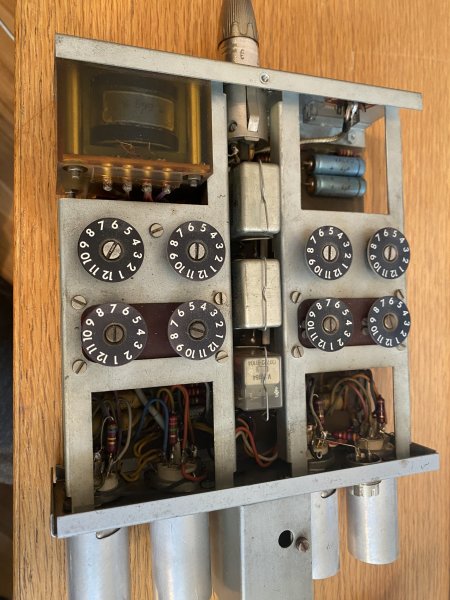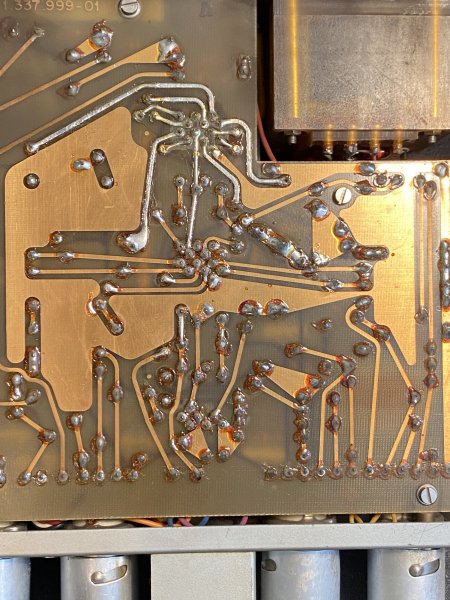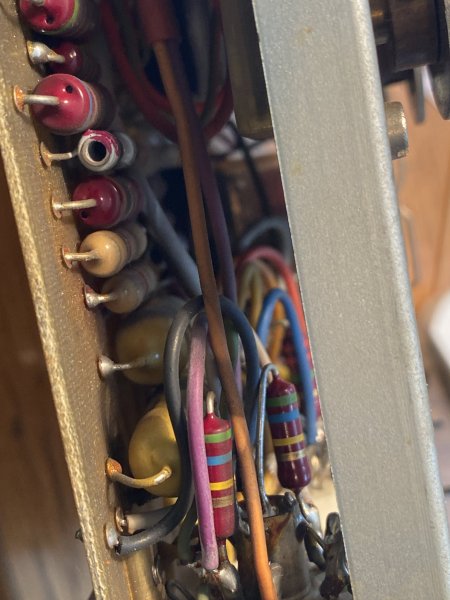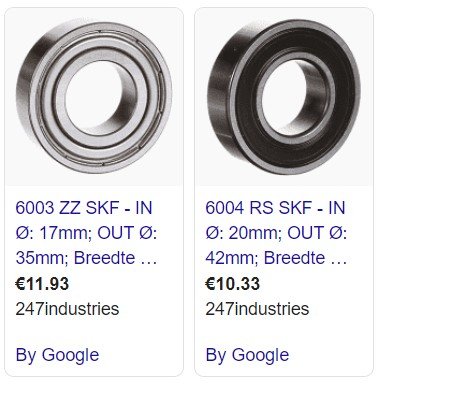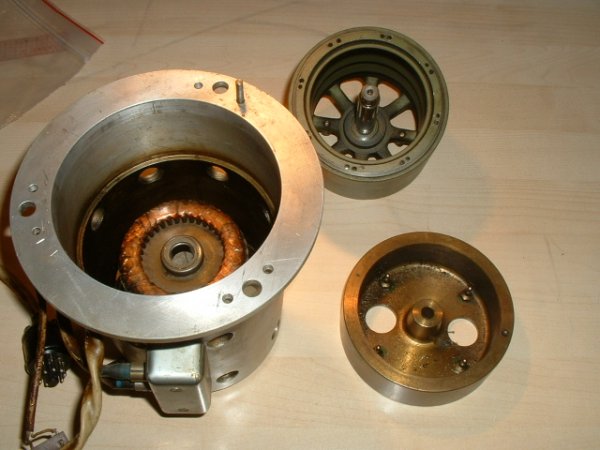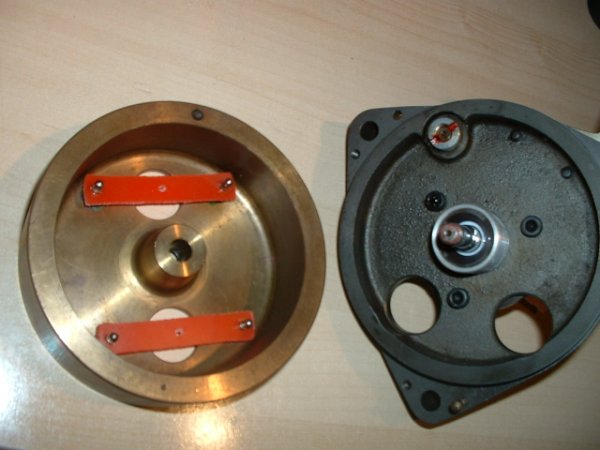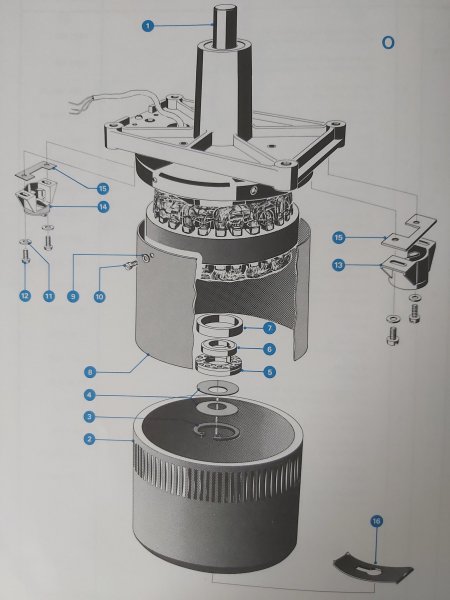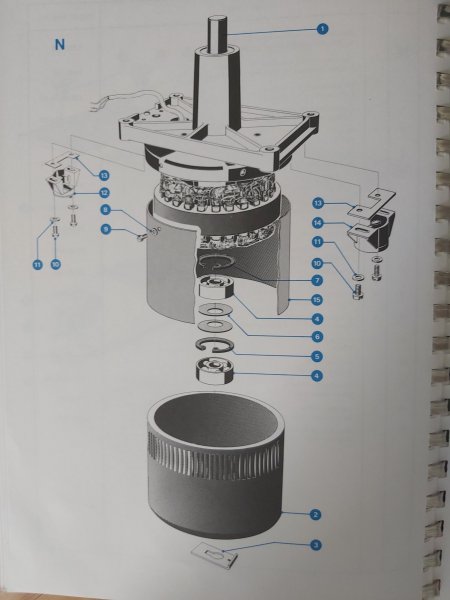If you examine the schematics from Studer, they give you hints on what to adjust to tweak the EQ into better alignment.
That combined with making changes to adjust for today's modern tapes (they have more hf level) can give you a chance for precise EQ.
The amplitude of low freq head bumps is defined by the construction of the head. Only some of that can be compensated for before too much tweaking has been done. (think room eq) The low frequency flatness of Studer heads is a testament to the Studer design team.
The high frequency playback response of the heads is quite good stock. Later designs from Studer used head preamps close to the head to minimize high frequency losses due to wiring capacitance. Tim deParavichi chose to add a FET at the base of the head for his designs of the 1" 2tk to buffer those capacitance's on the C-37.
Cheers
Alan
That combined with making changes to adjust for today's modern tapes (they have more hf level) can give you a chance for precise EQ.
The amplitude of low freq head bumps is defined by the construction of the head. Only some of that can be compensated for before too much tweaking has been done. (think room eq) The low frequency flatness of Studer heads is a testament to the Studer design team.
The high frequency playback response of the heads is quite good stock. Later designs from Studer used head preamps close to the head to minimize high frequency losses due to wiring capacitance. Tim deParavichi chose to add a FET at the base of the head for his designs of the 1" 2tk to buffer those capacitance's on the C-37.
Cheers
Alan


